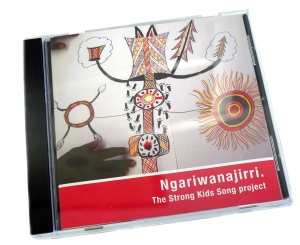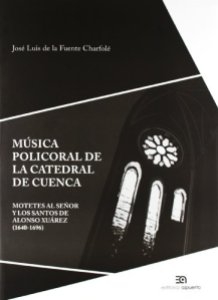When Maria Callas returned to Greece to inaugurate the 1957 Athens Festival her demand for an unusually high fee created much antagonism, and she vowed that she would not perform in the country again.
However, in 1959 Κostis Bastias (1901–72) took charge of the administration of the Ethnikī Lyrikī Skīnī (Greek National Theater) and invited Callas to star in an opera in the ancient theater of Epidaurus. Since its opening in 1954, the Epidaurus Festival had only included performances of ancient Greek dramas by Ethnikī Lyrikī Skīnī; performances by other troupes were not allowed.
Finally, Callas consented to present Bellini’s Norma at the festival in 1960, and decided to donate her fee to a scholarship foundation. The performance was a resounding success, and she returned to Epidaurus a year later to present Cherubini’s Médée, further eroding Ethnikī Lyrikī Skīnī’s monopoly.
This according to “Callas: The conflict for Epidaurus” by Georgia Kondyli (Hellenic journal of music, education and culture III/1 [2010; open access]).
Today is Callas’s 90th birthday! Above, a Greek stamp commemorates her Norma at Epidaurus; below, a slide show includes photographs from the Epidaurus production of Médée.












